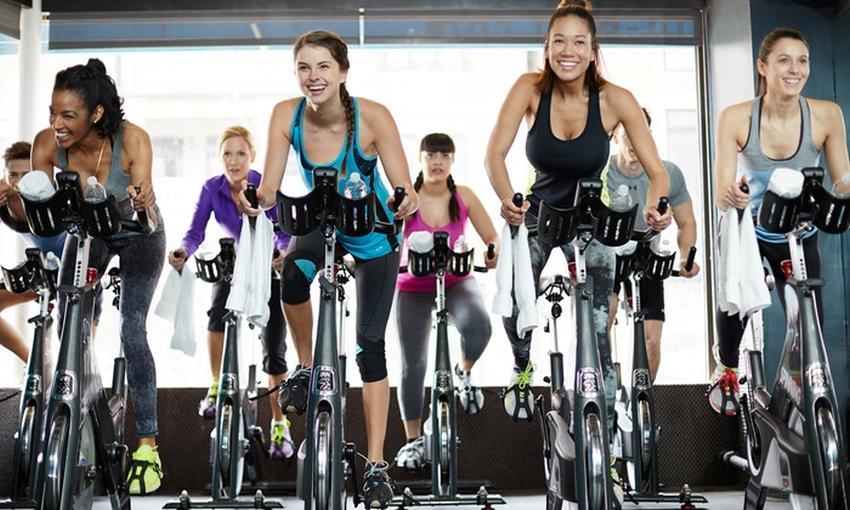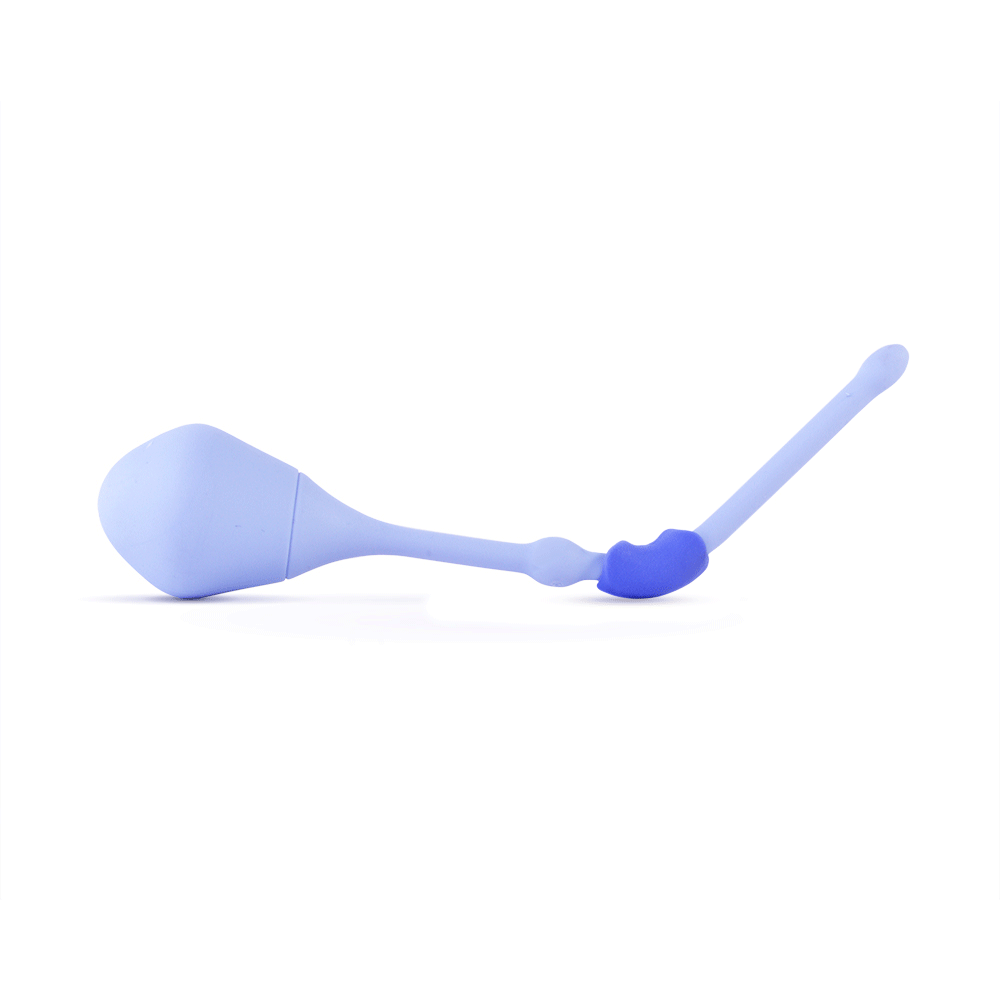
If one of your new year’s resolutions is to make more regular trips to a local spinning class, you may want to reconsider.
While spinning classes are ever-popular, there can be some negative implications. Of course, these outcomes may not be as dramatic as Mr Big’s sudden death while on an exercise bike during an episode of the Sex and the City reboot, but there is some cause for concern for your pelvic floor.
While indoor cycling can have many positive benefits on your health and fitness, it is not the kindest activity for your vulva and vagina – potentially taking a toll on your pelvic floor. At-home bicycles became increasingly popular during the pandemic when people weren’t able to do any exercises outside of their homes. However, not having an experienced instructor who can provide advice on the right position for your bike and your body can have health implications.
One study found that when handlebars are positioned lower than the saddle, it can result in increased perineum (the area between the anus and the vulva) saddle pressures and decreased vaginal and labial sensation.
Women who ride with a low handlebar can also experience greater pelvic tilt, causing their pelvic floor muscles to tighten.
If the pelvic floor muscles become too tight, your nerves and arteries can become compressed, causing the muscles that surround them to contract and not relax properly. An overactive pelvic floor can lead to pelvic pain and increase the frequency of urinary tract infections (UTIs).
Alternatively, if your pelvic floor is already weak, you may experience urge incontinence when you cycle. A study of over 300 female triathletes found that a third of them experienced pelvic floor disorders such as urinary incontinence, bowel incontinence and pelvic organ prolapse.
Cycling for extended periods can also push down on the pudendal nerve, which is located in the perineum. Damage to this nerve can result in numbness, increased sensitivity to pain and urge incontinence (the sudden urge to urinate). Indoor bikes, in particular, can cause this as you can spend long periods in the saddle, without needing to stand up occasionally, as you would outside. British Cycling recommends that you stand up every 10 to 15 minutes to ease pressure and restore blood flow.
If you’re really committed to your indoor bike but have noticed pain in the coccyx or pelvic floor or urge incontinence, you may want to reconsider the type of seat you use. Changing your seat to one with a cut-out in the middle may help ease some pressure.
Alternatively, why not add doing regular Kegel exercises to your 2022 resolutions? These strengthen your pelvic floor muscles and can help urinary incontinence, treat pelvic organ prolapse, and make sex better too.





